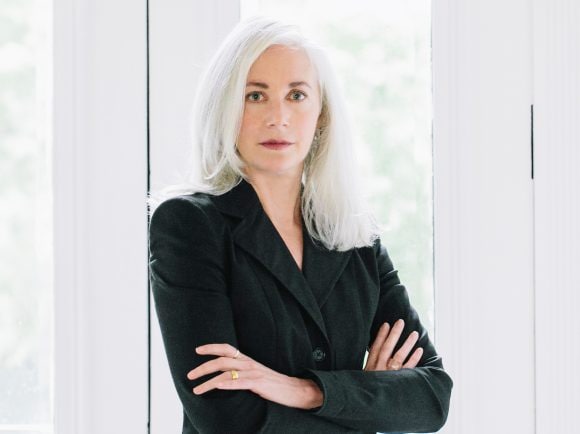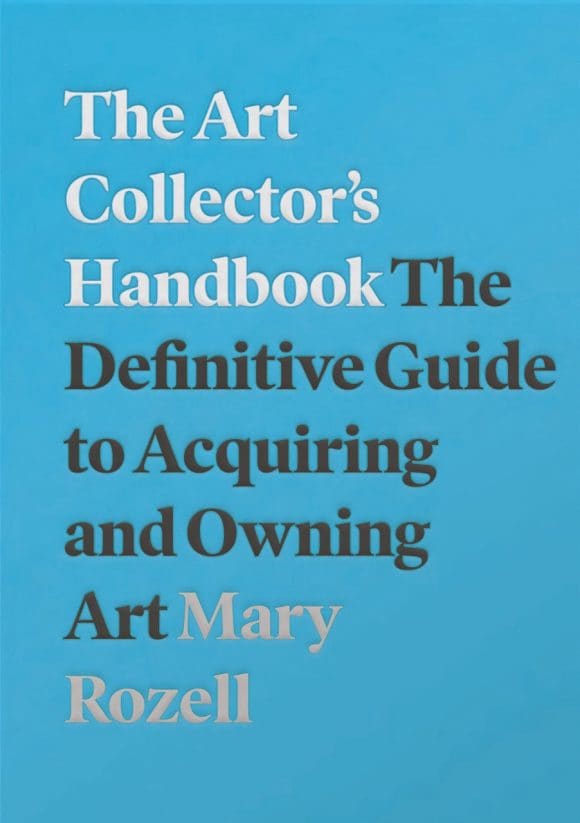6 tips for new art collectors
Always wanted to buy art, but don’t know where to start?

Always wanted to buy art, but don’t know where to start?

Mary Rozell, Global Head UBS Art Collection, joined Monocle for an episode of The Bulletin with UBS, sharing her tips for new collectors ahead of the release of her book ‘The Art Collector’s Handbook: The Definitive Guide to Acquiring and Owning Art.‘
Collect art that matters to you – and avoid trends
‘I believe collecting is highly personal,’ says Rozell. ‘When starting out, be open. Think about what interests you – what you find visually, emotionally, and intellectually compelling. Don’t follow trends just because others have jumped on them, or focus only on the latest top-selling artists’. While art dealers and advisers can provide valuable information and direction, collectors should shape their own unique focus. She offers the example of the recording artists Swizz Beatz and Alicia Keys, who have been building the Dean Collection: ‘they have chosen to buy work by black artists as a means of supporting and taking ownership of their own culture’.
Take time to research and develop your eye
‘It’s really important to research,’ says Rozell, who advises new collectors to ‘see and read as much as possible’. ‘Get out and go to museum and gallery exhibitions, and take the time to develop your eye’. Speaking to artists about the artists they appreciate can be a great way to learn.
One should also be careful about not overpaying for a work. New collectors should not hesitate to ask about pricing and compare: ‘if, for example, you are looking for a work by an artist at a fair, visit all of the booths that feature work by that same artist. Note differences in quality: is the work emblematic of the artist’s oeuvre? How do the compositions compare? Over time, it is possible to get a sense of the market and what might be a fair price.’ Rozell cites the importance of checking databases including Art Price and Artnet, for past auction sale records, especially when considering works on the secondary market.
Remember that caring for a collection is a commitment
‘Most collectors don’t think about the long-term care artworks require when they first start out,’ says Rozell, who notes that owning an art collection can be a significant responsibility. Collectors can anticipate spending 1-5% of a collection’s total value on care each year. ‘At the time of acquisition, one should consider any applicable auction premiums, sales and import taxes, framing, and shipping. Other expenses may include: installation, insurance, inventory management, appraisal and conservation’.
Consider potential challenges – especially when buying new media
In the last decade, Rozell says, there has been a revival of interest in new media as well as ‘incredible developments’ through technology such as in the realms of virtual reality and artificial intelligence. New media, ephemeral in nature, however, can present special challenges: ‘There are a lot of collectors who bought video art in the 1990s, but no longer own a VCR to play the tapes. There’s the issue of the media becoming obsolete’. Deciding how to conserve an artwork requires an understanding of the artist’s intent: ‘when Nam June Paik was creating works with television sets in the 1960s, he wasn’t thinking about them not functioning anymore. So, the question is, when these break down over time and parts are no longer being made, do you have to find a working set from the 1960s to replace it?’ Sometimes the equipment is an essential part of the work; sometimes not. Other times, decay such as mould or disintegration will be considered part of an artwork. The right course of action will be case-by-case, so it’s important to consider these questions at the time of acquisition and have documentation of the artist’s intent.
Explore online platforms
‘We’ve seen a complete shift to online platforms as a result of the COVID-19 crisis, and a welcome increase in transparency around prices as well as overdue technological improvements,’ says Rozell. She cites Art Basel’s Online Viewing Rooms, which bring together more than 4,000 artworks presented by 282 of the world’s leading galleries, as a great example. Such platforms offer opportunities to learn and can be a fantastic entry point for new collectors. Short films, offered by dealers, allow prospective buyers to gain a sense of an artwork’s scale, and assess fine details, such as brushstrokes and framing.
Elsewhere, when considering buying a piece from an online platform or from a jpeg, a video of the work should be requested if it is unfamiliar. With more and more fakes appearing on the internet, collectors should only consider works from trusted sellers.
Embrace adventure
‘One of the most important qualities in a great collector is the willingness to take risks,’ says Rozell. ‘Sometimes, that can just mean getting ahead of the market – discovering things before other people do, and being adventurous’. Over time, the most dedicated collectors will develop, not just personal preferences, but expertise: ‘The best collectors know as much as any art experts out there – sometimes more’. Collectors at the beginning of their journey shouldn’t feel intimidated: ‘there really are price points for everyone’.
Listen to the conversation in full on The Bulletin with UBS, a podcast from Monocle.

‘The Art Collector’s Handbook: The Definitive Guide to Acquiring and Owning Art’, by Mary Rozell, has been published on September 3, 2020 by Lund Humphries and the e-book is available via Amazon. The publication draws upon Rozell’s twenty-five years of experience as an art professional including her role as Global Head of UBS’s collection of more than 30,000 artworks since 2015.
June 2020